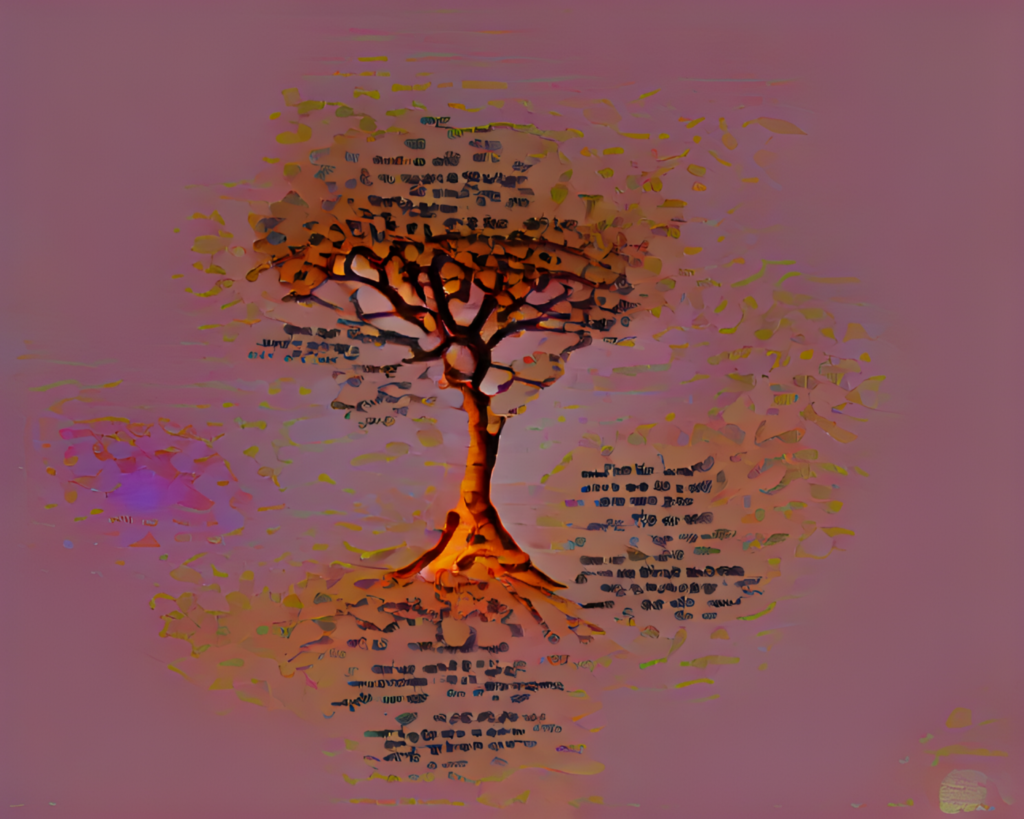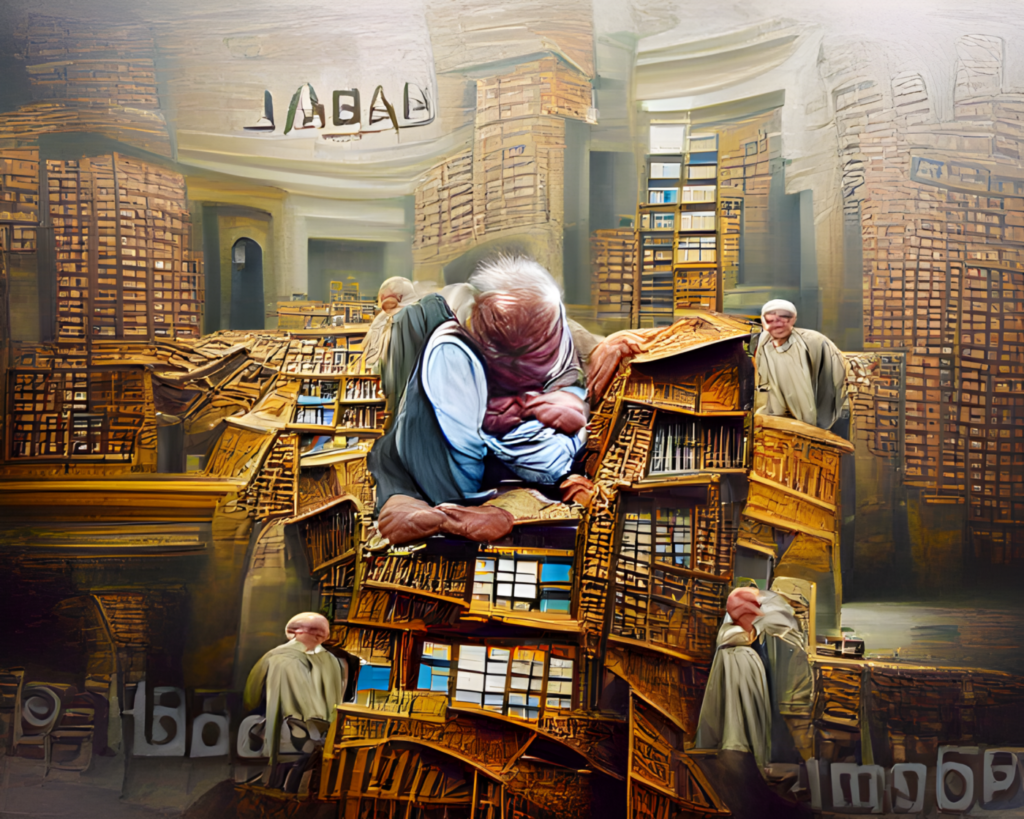If you believe that Artificial Intelligence (AI) is a dangerous tool that will soon rebel and replace humans, maybe you have read too many Asimov’s books. So, set aside I, Robot and let’s face facts.
Although there is not a universal definition, AI refers to a branch of computer science focused on the simulation of the human intellect. In particular, the Oxford English Dictionary defines it as the ability of computers or other machines to exhibit or simulate intelligent behavior. Zeta interviewed Vladimir Alexeev, digital experience specialist, artist who creates images, videos, poems and texts using only artificial intelligence.
«While in the Nineties it was very difficult to work with AI, nowadays there is more and more a democratisation of these tools, not only in access, but also in accessibility.» In fact, different types of artificial intelligence are used every day. Just think at Facebook or Twitter algorithms, based on relaunching the content you like most on your feed.
«This is one of the controversial aspects of new technologies» comments Alexeev «on the one hand, the social algorithms allow me to deepen what I like most or find my community more easily, but on the other hand, they create a sort of framing effect: algorithm shows you only what you want.»
Especially during pandemic, this was a major problem. People, and in particular journalists, found themselves facing the strong spread of fake news and conspiracy theories.
«If my algorithm keeps showing me a wrong content, I will increasingly have the impression that my beliefs are true. The algorithm does not recognize conspiracy theories or false information as dangerous and does not show contrary content.»

So, if kittens and Italian landscapes keep appearing on your homepage, maybe is not the same on your neighbor’s laptop. «People today only believe what they see. It is necessary to provide digital skills in schools, so that students can independently understand how deep fake or fake news work.»
Alexeev argues that anyone may be able to recognize a false image ‘at first sight’. An example? Type on Google ‘thispersondoesnotexist.com’ to discover a world made of close-ups, smiling faces, many familiar people that you have never seen … simply because they do not exist! The page allows the creation of non-existent faces thanks to the use of AI. «A trained eye would immediately notice small glitches or imperfections that can help recognise if an image is created digitally.»
«We are moving towards an era of collaboration between humans and machines.» One of the main aspects of AI is the connection between language and the human mind. This allows you to create a content that is extremely similar to reality and human work.
In 2020, The Guardian newspaper published an article written entirely by AI, specifically with GPT-3 system which is a cutting-edge language model that uses machine learning to produce human like text. It takes in a prompt and attempts to complete it. So, should we be afraid of a journalist reporter?
Impossible. «From my point of view, AI will never be able to replace humans, especially in the more creative parts of their work. Let’s think of a sports commentator. Artificial intelligence will be faster in providing information and in linking events. But he will never be able to convey adrenaline to the public: the verve of a human comment.»
So, job saved. Let’s think instead of how much artificial intelligence can help in the recognition of fake news, in the fact-checking or in simplifying many minor problems such as the dreaded ‘writer’s block’. Like the internet, social media and new apps, AI is leading to a transition towards a new type of journalism. «GPT3 and AI in general can give inputs, but the rest is human work. In my art I love to leave raw work, just as AI provides it. I want to preserve and study the creativity of these platforms. But without a human hand it would all be thrown away.»

Lastly, AI is truly a new tool at the service of journalists and beyond. It will help improve the speed of journalism and even create new opportunities and forms of work: «like prompt designers», adds Alexeev, «to use systems like GPT2 or GPT3 you need to understand a certain type of language. It is important to know what to ask to the machine to get exactly what you want: sometimes a comma or a dot in the wrong place can change everything.»
As in the case of social networks, even the democratization of AI can create control problems. «There are no gatekeepers, you can’t control open source. There is certainly an increase in the misuse of technology, and we must have greater digital competence to fight it. I see that people would prefer to shut down the internet and technology to avoid these problems. Society cannot be fixed by breaking technology. People don’t know what is possible and fear the impossible.»
The key word, therefore, is digital education, according to Vladimir Alexeev. Also because, without it, you will never know if this text was written by a human or by a computer.
Read more: It‘s time to act against disinformation; Bibbidi-bobbidi-boo turn your account from poor to cool

